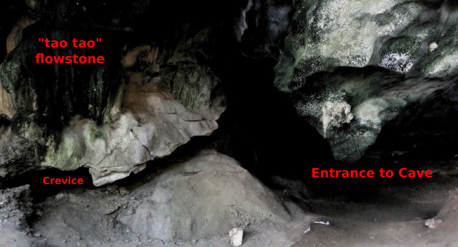VOLUME 7 NUMBER 1 (January to June 2014)

Philipp. Sci. Lett. 2014 7 (1) 22-36
available online: February 9, 2014
*Corresponding author
Email Address: janine.ochoa@yahoo.com
Received: October 3, 2013
Revised: December 24, 2013
Accepted: December 27, 2013
ARTICLE
The archaeology and
palaeobiological record of Pasimbahan-Magsanib Site, northern
Palawan, Philippines
¹Department of Anthropology, University of the Philippines
²Archaeological Studies Program, University of the Philippines
³School of Archaeology, University College Dublin
⁴Archaeology Division, National Museum of the Philippines
⁵Institute of Environmental Science and Meteorology, University of the Philippines
Recent excavations in northern Palawan, Philippines provide zooarchaeological and macrobotanical evidence documenting human occupation and changes in faunal composition and subsistence strategies. Here we present the archaeobiological record of Pasimbahan-Magsanib site dating from c. 10,500 yr. BP to the subrecent. The terrestrial vertebrate record provides for a more robust Palawan biostratigraphy and chronicles Late Quaternary changes in mammalian composition and human responses to the changing abundance of large mammal communities. Well-stratified shell layers and middens contain a wide variety of taxa derived from freshwater, estuarine and marine environments that also provide insights on varying subsistence strategies and the local ecology. Macrobotanical evidence provides further evidence for both foraging and possible plant management strategies in the Holocene.
© 2024 SciEnggJ
Philippine-American Academy of Science and Engineering